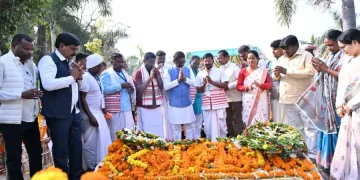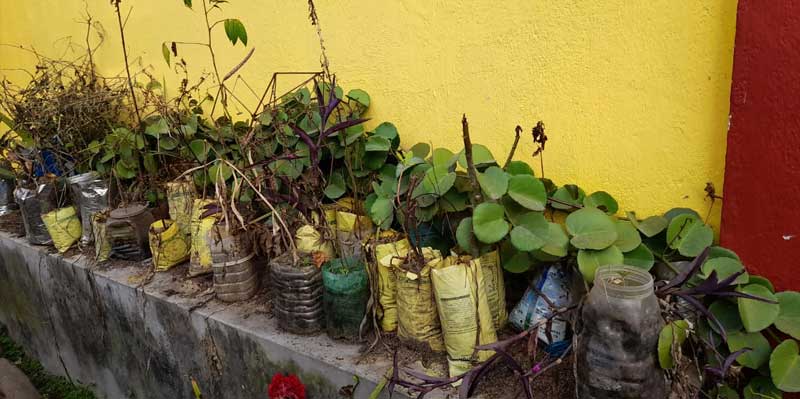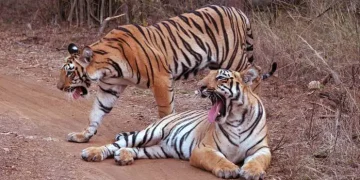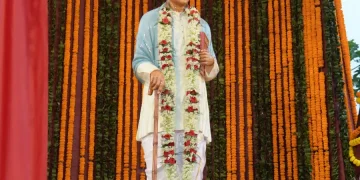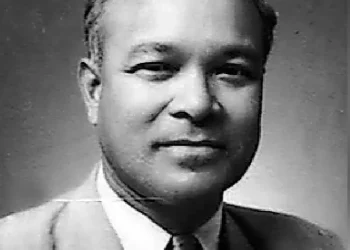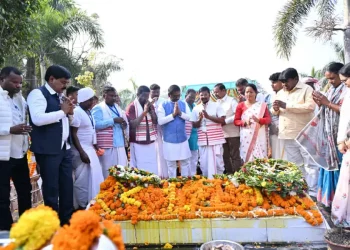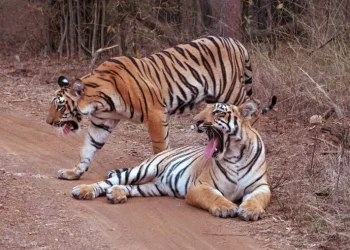India is a rich repository of knowledge in many fields, thanks to its age-old civilisations. Among them is India’s expertise in medicine. A whole range of traditional medicine is practiced in various forms across the length and breadth of the country. Hodopathy, or the traditional medicinal system unique to Jharkhand’s tribal community, is one such form.
As allopathy gained ground in India, it wiped out a great many indigenous medicine practices. Today, most non-allopathic treatments suffer from a deficiency of the voracious marketing that defines our society – these doctors need ‘spin doctors.’ Natural medicine survives on faith alone. So does Hodopathy.
Hodopathy is a very valuable knowledge base of various herbs and natural products that combine to cure a great many diseases, from cancer to diabetes.
Officially, though, it is not a recognised trade of medical science and remains, at best, in the ‘unsystematised medicine’ category.
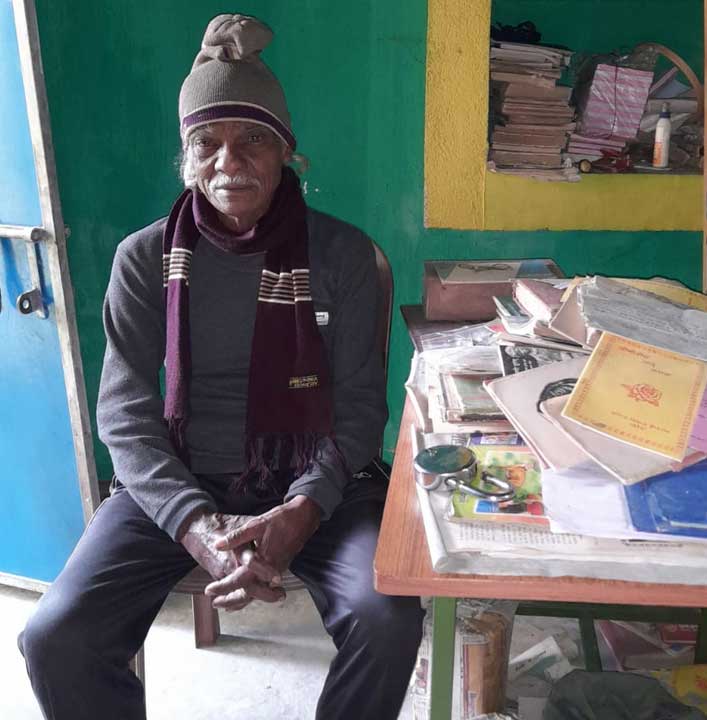
Hodopathy’s benefits and authenticity have been acknowledged worldwide, says Lawrence Silas Hembrom, a senior practitioner of Hodopathy. “Senior allopath doctors from reputed hospitals such as AIIMS, Delhi and CMC, Vellore consult us from time to time,” he claims
Hodopathy is not taught in any Ayurvedic, Unani, Siddha or (allopathic) medical colleges, though the Indian Institute of Ethnomedicine in Gwalior — an organisation recognised by the Indian government — awards PhDs in Hodopathy.
The modern cynicism towards natural medicine, disappearing forests and a lack of systematic marketing may lead to tribal medicine being confined to one geography, but there is a dire need to ensure sustainability of this largely ancestral practice
Hodopathy is usually treated as a branch of Ayurveda, but experts claim it is older than that. “During the ancient days, when Ayurvedic vaidya (doctors) fell ill while wandering in forests in search of medicinal plants and herbs, they were cured by Hodopaths. Even today, we give necessary inputs to Ayurvedic practitioners,” he points out.
Formalising A Structure
Hembrom says the knowledge has been passed down verbally to disciples and the next generation from ancient times. Over time, it has become an ancestral profession of practitioners.
Efforts were made to put it in written form after hundreds of centuries. In 1895, American scientist John William Harshberger published an article in which he termed Hodopathy as ‘Ethnobotany’ – the close link of botanical elements with tribal life.
Although Indian scientist Sudhanshu Kumar Jain does not include medicinal usage of plants. – Which forms the well-established system of Ayurveda, Unani and Siddha – in ethnomedicine, it’s true that many plants. And their usages, are common to these systems for the Indian tribal health in Jharkhand
Popular Treatments
SF Hembrom, another practitioner, says, “We provide a cure for all types of diseases – cancer, arthritis, paralytic attacks, thyroid, diabetes, heart and skin diseases, et al. We have even found a cure to the coronavirus infection.” He also says that people from all walks of life visit them. Because their medicines are cheaper and have no side effects.

Hodopathic treatment can be unfamiliar but is reliable. Wine or syrup made from blackberry (jamun) and dry powder of blackberry seeds are both considered to be extremely good for diabetic patients.
The Chiraita herb found abundantly in Jharkhand too is considered potent for controlling blood sugar levels, enhancing immunity, removing skin disorders and solving liver and digestive system problems. Some of the herbs found here also cure chronic alcoholics!
Villagers often use a paste of limestone powder and turmeric for setting fractured limbs. Most beauty parlours offering herbal treatment do brisk business.
Almost every tribe in Jharkhand has its own traditional treatment system based on herbs found in their environs. Which they use to maintain the Indian tribal health in Jharkhand. However, the Oraon tribe claims to have greater expertise.
Old Remains Gold
Of late, several non-government organizations and apolitical bodies engaged in social work, too, have begun initiatives to revive the traditional treatment systems of the state. They also organize training camps for practitioners from time to time.
As forests disappear, Hodopathy veterans plant herbs and medicinal plants within their own premises. Several nurseries have come up in different parts of Ranchi, Giridih, Sahibganj, Pakur, Hazaribagh, Gumla, Simdega, Lohardaga, Deoghar, Saraikela–Kharsawan and West Singhbhum districts.
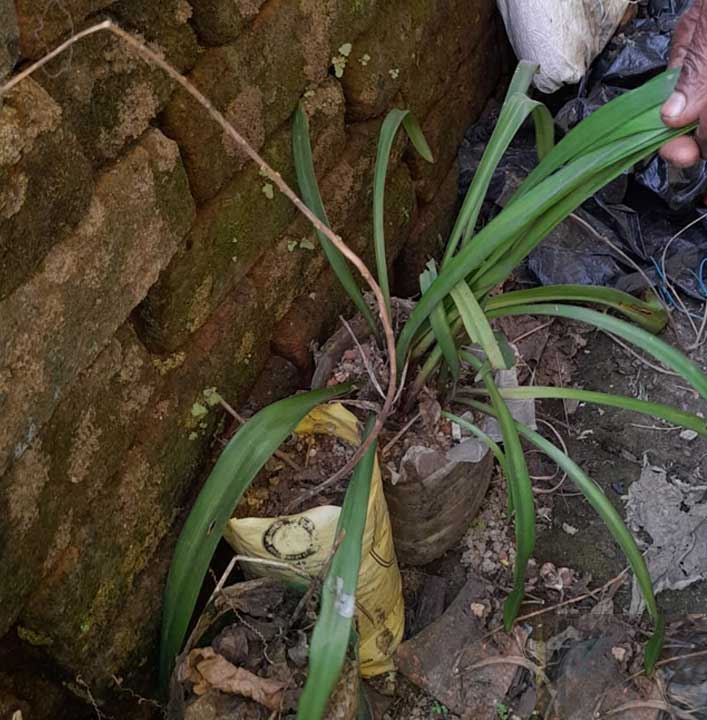
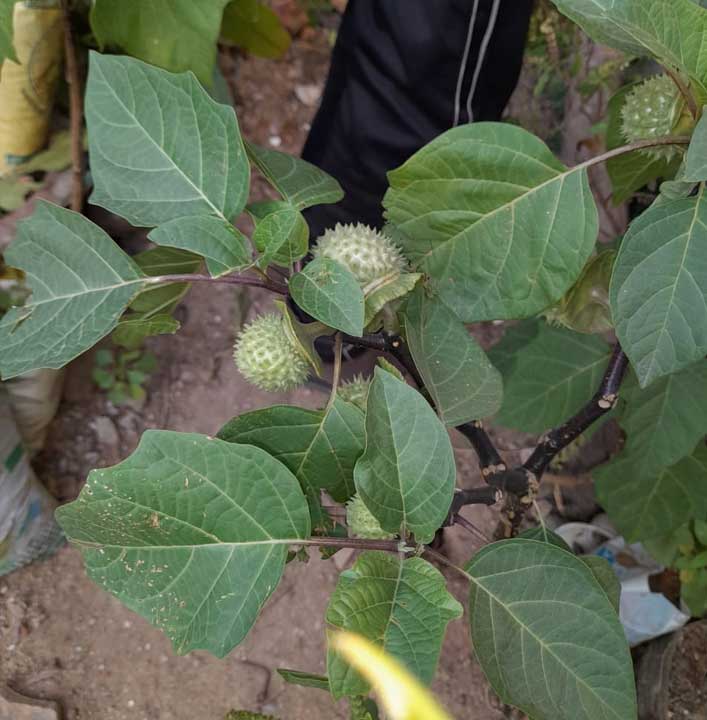
On the flip side, it remains difficult to convince the educated and modern. That medicines prepared from plants and herbs found in Jharkhand can help improve the immune system of the human body. Natural treatments looked upon as dubious – a fact not helped by various spurious practitioners who bring the “quack” element into natural medicine.
Senior practitioner PP Hembrom explains the reason historically. Saying, “It is true that the Christian missionaries brought allopathic medicine to our country. But these were used for their personal consumption. For others, they publicised use of traditional medicines and also scripted the texts.”
“The English or allopathic medicines began playing dominant roles in our country after Independence. And today, the traditional treatment systems stand marginalised,” he rues.

